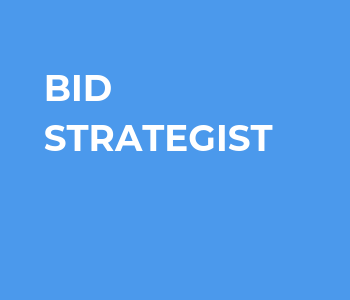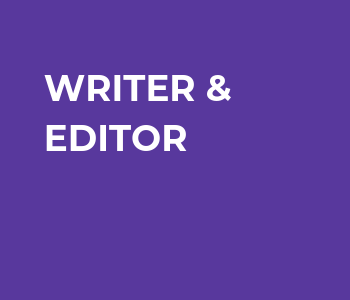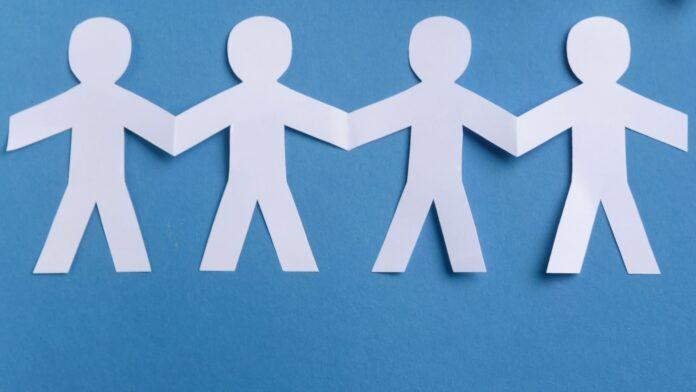In recent years, seemingly every business-to-business category has observed an increase in the number, complexity and value of private and public sector tenders.
If winning, defending and growing large clients is part of your business strategy, you must take tenders seriously.
That means viewing this aspect of business development as an investment, not an expense.
There are a multitude of reasons why your business might not be winning competitive tenders. Inadequate resourcing is one of the most likely reasons.
Tenders aren’t tick-a-box exercises. They’re part art, part science. They require a complex mix of skills and expertise including in strategy, analytics, business writing, project management, graphics and, of course, pricing.
With that in mind, here are four roles which must be filled when you embark upon your next tender.
1. Bid Strategist
 Many businesses make the mistake of thinking their tenders can be managed by relatively inexperienced business development executives. They approach tenders as little more than question and answer exercises, ignoring the strategic intent and underestimating the heightened state of competition. Those same businesses also wonder why success eludes them.
Many businesses make the mistake of thinking their tenders can be managed by relatively inexperienced business development executives. They approach tenders as little more than question and answer exercises, ignoring the strategic intent and underestimating the heightened state of competition. Those same businesses also wonder why success eludes them.
In strategic procurement, the key word is ‘strategic’. When hundreds of thousands – if not millions – of dollars in profit is up for grabs, or at stake, you’d be foolish to not think strategically.
Whether you started preparing months in advance, or are reacting to an opportunity which has just been advertised, a bid strategist will:
- help you to understand the needs and wants of the tendering organisation (they’re not always obvious or expressly stated)
- anticipate how your competitors might respond
- identify and neutralise your weaknesses
- devise the most appropriate opportunity-specific strategy
- formulate your key messages.
2. Writer and Editor
 Procurement specialists will go out of their way to caution you not to include marketing material in your submission. Yet the intent of a tender is to sell. Winning tenders are written in a compelling and engaging manner.
Procurement specialists will go out of their way to caution you not to include marketing material in your submission. Yet the intent of a tender is to sell. Winning tenders are written in a compelling and engaging manner.
An added challenge with large tenders is input could be provided by dozens or even scores of stakeholders. Each piece of content will be written in a different style, a different voice”. Some content will have limited value. Some content will be heavy with jargon. Some contributions will be written almost in shorthand. Much of what is submitted will need to be heavily edited or even rewritten. Often, subject matter experts will need to be interviewed to fill in missing pieces of information.
This is the role of the tender writer and editor. So, too, is smoothing and standardising the content so that it reads as though written by just one person, a single voice.
Along the way, your proposal writer will also compare, cross-check and scrutinise material for contradictions and duplication. And they’ll ensure all content – from case studies to biographies – is customised to the opportunity.
3. Proposal Coordinator
 Large business and government tenders will sometimes amount to hundreds of pages. Documents of this size do not come together easily.
Large business and government tenders will sometimes amount to hundreds of pages. Documents of this size do not come together easily.
Requests for tender are also often highly prescriptive – this size font, this document format, this size margin, no bigger than this file size, uploaded as separate documents, this document naming convention, no attachments, no cross referencing…
We remember one particularly nightmarish insurance tender which had to be submitted in a locked-down Excel workbook. Fun Fact: A single Excel cell can contain up to 32,767 characters.
Document control and management is the responsibility of your proposal coordinator, as is ensuring your compliant submission is lodged on time.
4. Graphic Designer
 Whenever and wherever you can, incorporate graphics, images and illustrations into your tenders:
Whenever and wherever you can, incorporate graphics, images and illustrations into your tenders:
- to reinforce key messages
- to break up large bodies of written content
- to improve the look and feel of your proposal
- because they will make your proposal easier and more enjoyable to evaluate.
In doing so, understand compliance with your brand guidelines is non-negotiable.
Use only your corporate palette.
Use only your corporate fonts.
Use only brand-compliant imagery.
And most of all, engage a qualified designer.
You don’t necessarily need four people to fill these roles, but all four functions should be accommodated within your bid team – if you want to win, that is. Start by deciding whether it would be best to recruit or develop these skills in-house, or access expertise on-demand.



